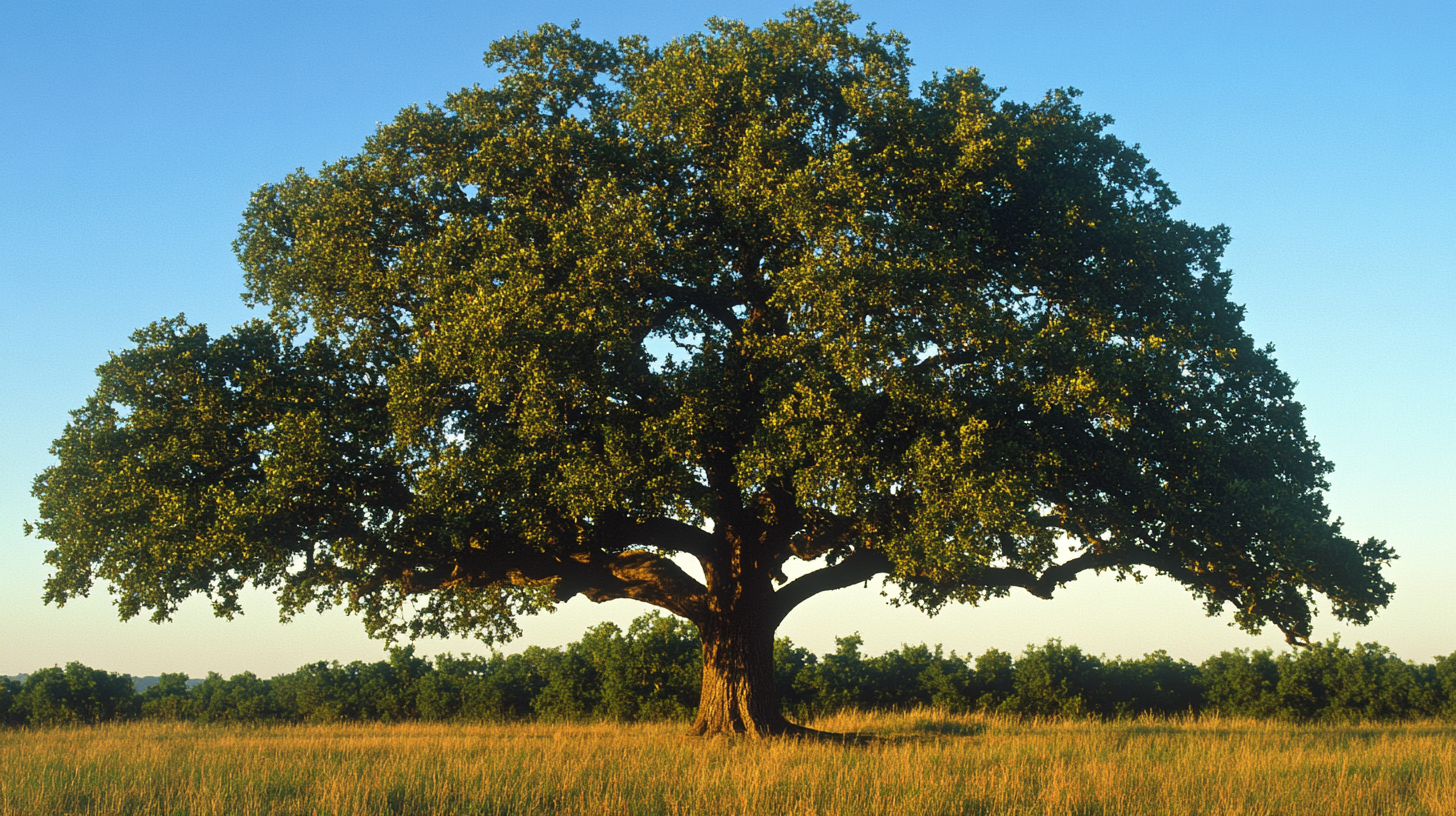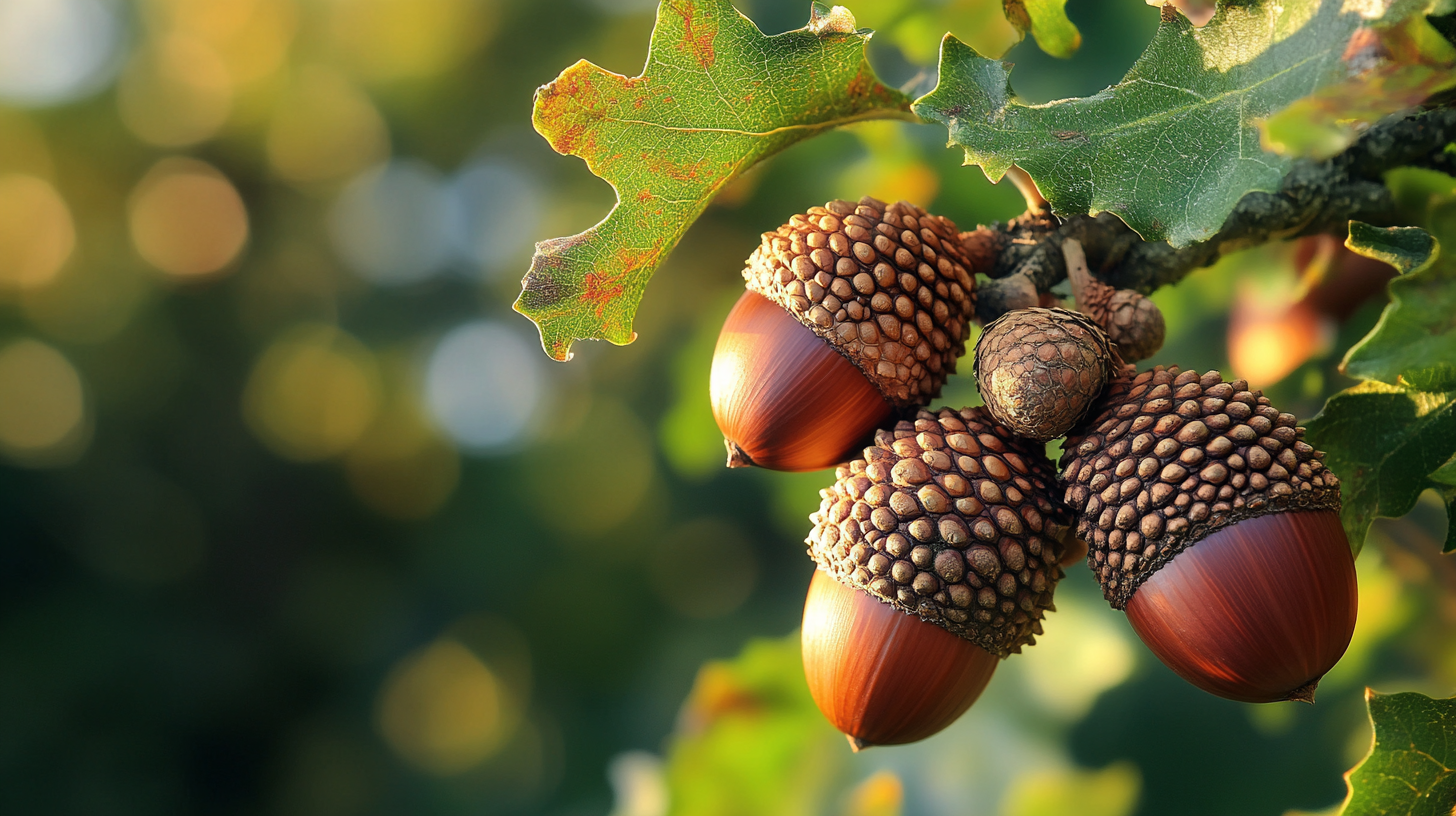Table of Contents
Ever wondered just how many oak tree varieties exist? You’re in for a surprise! The world of oaks is vast and diverse, with hundreds of species dotting landscapes across the globe. In this comprehensive guide, we’ll explore the incredible variety of oak trees, their importance, and everything you need to know about these majestic giants.
The Impressive Diversity of Oak Trees
When it comes to oak tree varieties, the numbers are staggering. Globally, there are about 600 species of oak trees. That’s right – 600! These trees belong to the genus Quercus and are found in various habitats across the Northern Hemisphere. In North America alone, we’re blessed with approximately 90 native oak species.
But why so many? Oak trees have adapted to a wide range of environments over millions of years. From the frigid forests of Canada to the sun-baked hills of Mexico, oaks have found ways to thrive in diverse conditions. This adaptability has led to an explosion of oak tree varieties, each with its own unique characteristics.
Understanding Oak Tree Classification
To truly grasp the diversity of oak tree varieties, we need to understand how they’re classified. All oaks belong to the genus Quercus, but they’re further divided into several groups. The two main categories you’ll hear about most often are:
- Red oaks: Known for their pointed leaf lobes and bristle-tipped acorns.
- White oaks: Characterized by rounded leaf lobes and sweeter acorns.
But that’s not all! There are also evergreen oaks, golden oaks, and even some that don’t fit neatly into any category. This complex classification system reflects the incredible diversity within oak tree varieties.
Popular Oak Tree Varieties
Let’s take a closer look at some of the most common oak tree varieties you might encounter:
North American Favorites
- White Oak (Quercus alba): A majestic tree with light gray bark and leaves that turn beautiful shades of red or burgundy in fall.
- Red Oak (Quercus rubra): Known for its rapid growth and tolerance of urban conditions.
- Bur Oak (Quercus macrocarpa): Recognized by its massive acorns and corky bark.
European Classics
The English Oak (Quercus robur) is perhaps the most famous European variety. It’s been a symbol of strength and endurance for centuries.
Asian Varieties
China alone boasts over 100 oak species! The diversity of Asian oaks is truly remarkable, ranging from massive forest trees to small, shrubby varieties.
Here’s a quick comparison of some popular oak tree varieties:
| Oak Variety | Native Region | Leaf Shape | Acorn Size | Growth Rate |
|---|---|---|---|---|
| White Oak | Eastern N. America | Rounded lobes | Medium | Slow |
| Red Oak | Eastern N. America | Pointed lobes | Small | Fast |
| Bur Oak | Central N. America | Deep lobes | Large | Moderate |
| English Oak | Europe | Wavy edges | Medium | Moderate |
Factors Influencing Oak Tree Diversity
The incredible variety of oak trees didn’t happen by chance. Several factors have contributed to this diversity:
- Geographic distribution: Oaks have spread across vast areas, adapting to local conditions.
- Climate adaptation: From drought-tolerant species to those that thrive in wet conditions, oaks have evolved to suit various climates.
- Evolutionary history: Oaks have been around for millions of years, giving them ample time to diversify.
The Importance of Oak Tree Varieties
Oak tree varieties aren’t just interesting from a botanical perspective – they play crucial roles in our world:
- Ecological significance: Oaks support countless species of wildlife, from birds to insects to mammals.
- Cultural and historical value: Many cultures have revered oaks for centuries, using them in folklore, medicine, and construction.
- Economic importance: Oak wood is prized for furniture, flooring, and even whiskey barrels!
Challenges Facing Oak Tree Varieties
Despite their resilience, many oak tree varieties face threats:
- Climate change is altering habitats faster than some species can adapt.
- Diseases like sudden oak death are devastating certain populations.
- Urban development is reducing natural oak habitats.
Conservation efforts are underway to protect these valuable trees. Botanists are working to preserve genetic diversity and restore oak ecosystems around the world.
How to Identify Different Oak Tree Varieties
Curious about identifying oak tree varieties in your area? Here are some key features to look for:
- Leaf shape: Is it lobed, toothed, or smooth-edged?
- Acorn characteristics: Size, shape, and cap appearance can be telling.
- Bark texture: Smooth, ridged, or shaggy?
- Tree shape: Some oaks are tall and straight, others more spreading.
There are also great apps and field guides available to help you identify oak tree varieties. The Leafsnap app, for instance, uses AI to identify trees from leaf photos.

Growing Your Own Oak: Choosing the Right Variety
If you’re thinking about planting an oak, consider these factors when selecting a variety:
- Your local climate and soil type
- The tree’s mature size and growth rate
- Its resistance to local pests and diseases
- Any specific features you’re looking for (fall color, acorn production, etc.)
Some popular choices for home landscapes include:
- Pin Oak: Fast-growing with a pyramidal shape
- Willow Oak: Slender leaves and a graceful form
- Live Oak: Evergreen and salt-tolerant, great for coastal areas
Conclusion
The world of oak tree varieties is vast and fascinating. From the 600 species worldwide to the 90 native to North America, oaks showcase nature’s incredible diversity. Whether you’re admiring a centuries-old English Oak or planting a young Bur Oak in your backyard, these trees are a testament to the wonders of the natural world.
So next time someone asks, “How many oak tree varieties are there?”, you can confidently say, “More than you might think!” And perhaps you’ll be inspired to go out and identify some of the oak varieties in your own neighborhood.
FAQs About Oak Tree Varieties
- What’s the difference between red and white oaks?
Red oaks have pointed leaf lobes and take two years to produce acorns, while white oaks have rounded lobes and produce acorns in one year. - Which oak tree variety lives the longest?
Some species, like the English Oak, can live for over 1,000 years! - Are there any evergreen oak tree varieties?
Yes! Live oaks and some species of golden oaks retain their leaves year-round. - How fast do different oak tree varieties grow?
Growth rates vary widely. Some, like the Northern Red Oak, can grow up to 2 feet per year, while others grow much more slowly. - What’s the rarest oak tree variety?
The Endangered Species Act lists several rare oak species, including the Texas Wild Rice Oak and the Santa Cruz Island Oak.




